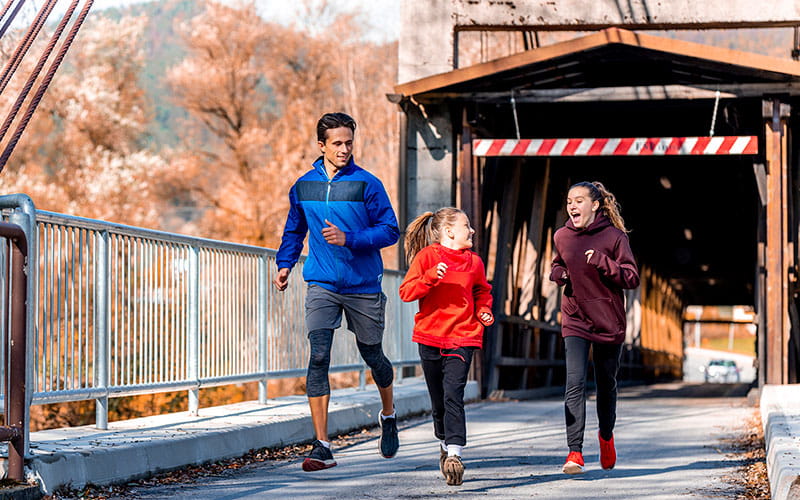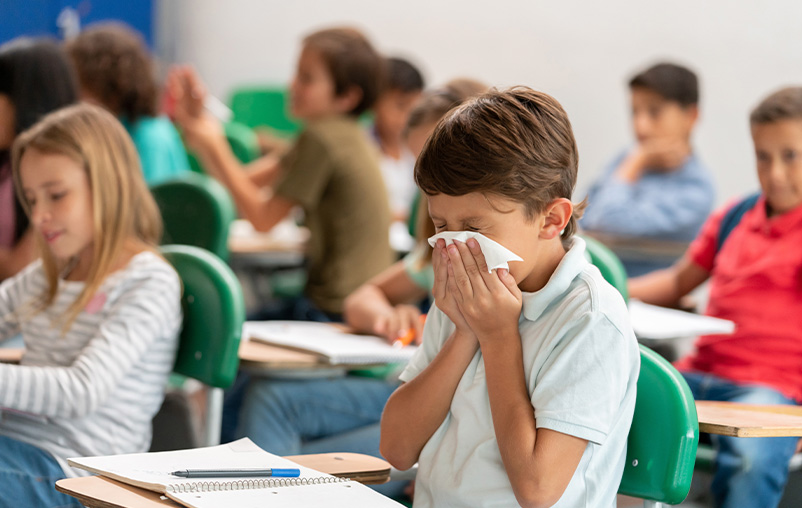Without question, safety matters most to parents as they decide whether to send their children to in-person classes at school. No parent wants a child to get sick because of COVID-19. And it’s hard to imagine a classroom that will be risk-free for exposure.
Without guaranteed safety, the case for online instruction at home may seem a no-brainer. For many families, however, the decision is not that simple.
“For the way kids grow and the way they develop, it’s important to have those social interactions with other students and teachers,” said Dr. Robert Sanders, a pediatrician with University Health. “And there are a lot of resources the schools have that we just don’t have in our homes.”
Dr. Sanders points out that schools are staffed with specialists who provide emotional and special education services. Schools have health clinics and regular meals each day.
“The fact that a child has a safe place to go and two meals a day are important factors when deciding whether to go back to school,” Dr. Sanders said.
So how should parents weigh the risks?
How great is the health risk?
Here are three big things to consider:
The age of your child
Recent studies, including one in the Netherlands, found elementary children were less likely than older children to be infected with COVID-19.
In a series of tweets, infectious disease specialist Dr. Celine Gounder cites several studies that indicate children under the age of 10 are at a low risk for infection and for spreading the virus to others in the household.
A chronic condition
Dr. Sanders says you should factor in health conditions like leukemia or respiratory problems that could increase the likelihood your child would become sicker if infected.
High-risk family members
Does your household include adults over the age of 55 or members with chronic conditions like diabetes or heart disease? They will be at higher risk for serious illness if a child brings COVID-19 into the home.
Can you provide a secure, nurturing environment at home?
The obvious advantage of virtual learning at home is that you minimize the risk of exposure to COVID-19. It also provides parents an opportunity to spend meaningful time with their children.
“If a parent has enough time to do the distance learning with their child it’s an excellent option for them,” said Dr. Sanders.
Many parents, however, have jobs that require them to leave home. Giving up employment so they can stay with their children throughout the day is not a realistic choice. If losing your job means you also lose health insurance, that is an extra difficulty that may destabilize the entire family.
In those cases, parents have to consider whether they have good alternatives for their children’s supervision away from school, and whether their children will have access to the technology and assistance they need to learn through online classes.
It’s a tough decision, but if the home environment isn’t safe and virtual instruction is lacking, attending a school that has taken steps to protect against the spread of the virus may be an option.
What does a safe school environment look like?
Countries throughout the world have faced the same concerns we’re confronting when deciding how best to educate their children. We can learn from them.
The Learning Policy Institute surveyed five countries that did not close their schools in the midst of the pandemic or reopened them after implementing strong safety measures.
Here’s what they’re doing in China, Denmark, Norway, Singapore and Taiwan:
- Requiring health screenings: All of their schools check temperatures and screen for symptoms of the virus, sometimes several times a day.
- Isolating sickness: They all have policies for requiring sick students and staff to quarantine or remain home for periods of time. Taiwan suspends classes if a coronavirus case is confirmed.
- Limiting group sizes: Most have reduced class sizes or required larger classrooms to provide spacing.
- Increasing physical distances: They’ve broken up group desks, added space dividers and are using outdoor areas when possible.
What can you do?
Ask your school how it’s addressing each of the four above issues. You may also want to ask about additional school precautions recommended by the U.S. Centers for Disease Control. The lengthy list includes best practices for serving meals, closing playgrounds, riding the bus and prohibiting shared objects.
Finally, ask your pediatrician for guidance. Share information about your resources, family health problems and what you have observed about your child’s ability to learn online.
Yes, safety is what matters most when making the back-to-school decision. However, safety may not be the same for every family.





